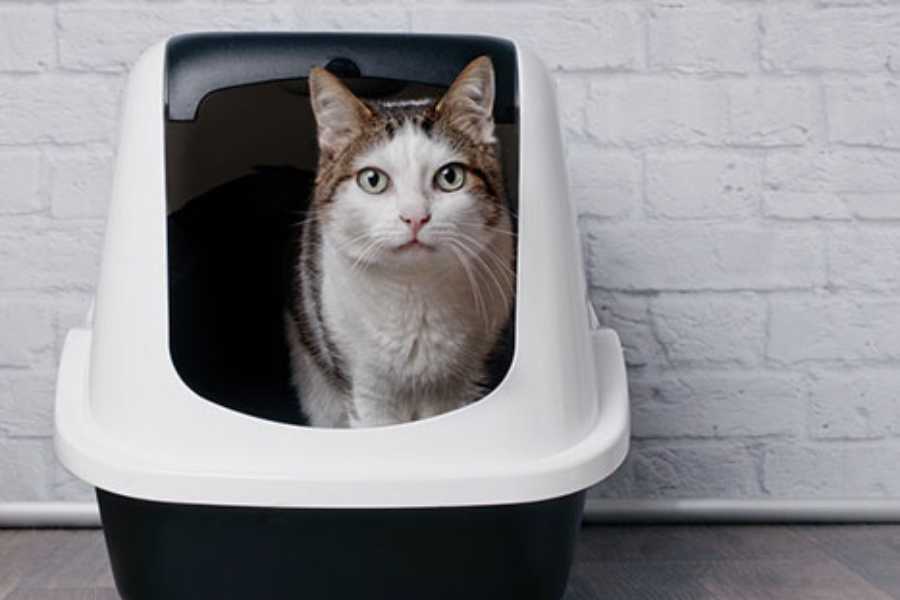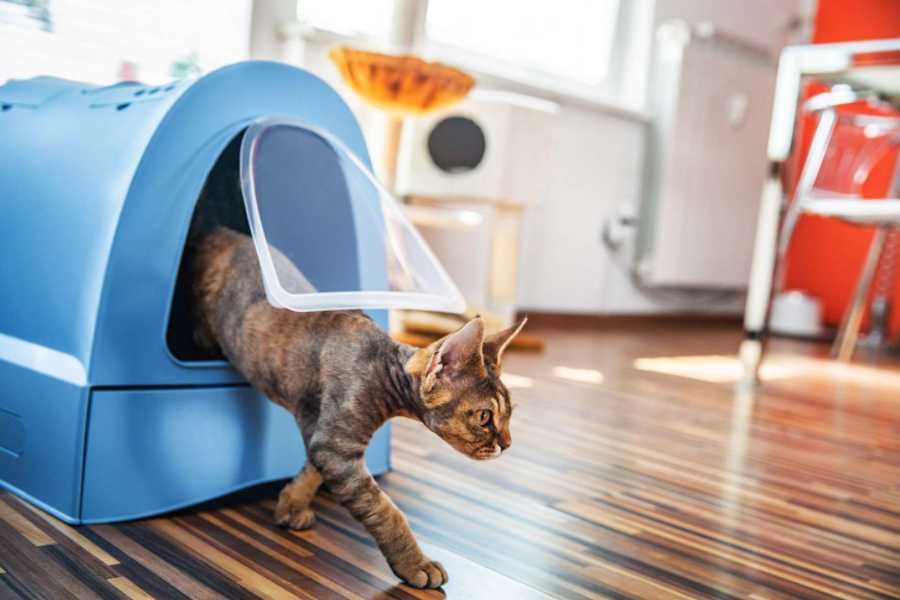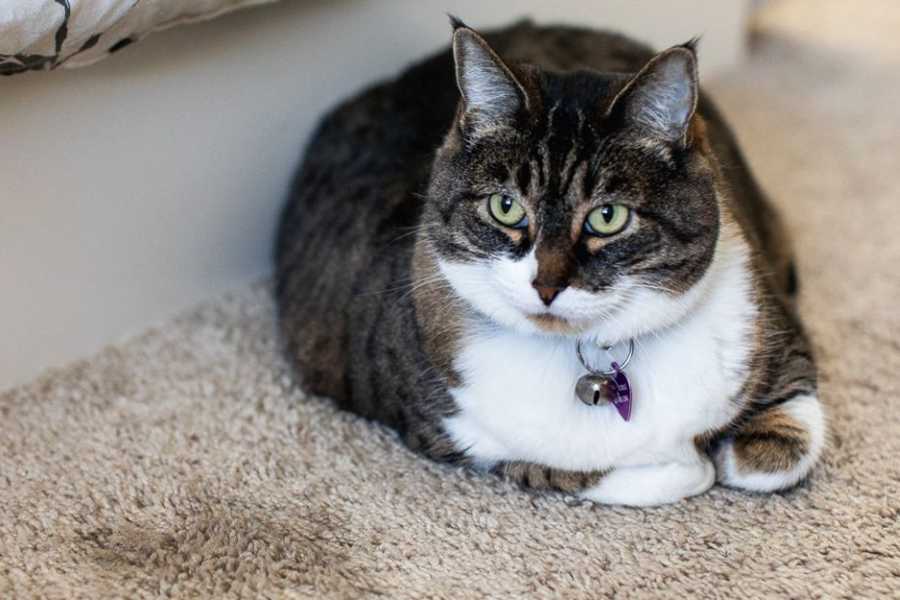Why Would a Cat Pee Blood? Understanding Urinary Blockage in Cats 🐱

Cat Has Blood In Urine: Why Is My Cat Peeing Blood? ![]()
As a pet owner, seeing your cat in distress can be a heart-wrenching experience. One of the most alarming signs of trouble is when your cat pees blood, a condition known as hematuria.
This could be a symptom of a serious health issue, such as urinary blockage, which is especially common in male cats. In this article, we’ll delve into the causes, symptoms, and what you can do if your cat is suffering from this condition.
Understanding Urinary Blockage in Cats 🐾

Urinary blockage is a common problem in cats, particularly in males. The male cat’s urethra, which connects the bladder to the penis, is longer and thinner, providing more opportunities for blockages to occur. These blockages can be caused by mucus plugs or stones that prevent the cat from urinating, leading to a potentially life-threatening situation.
The most common cats affected by this condition are neutered males between one to ten years of age. However, it’s crucial to remember that urinary blockage can occur in any cat, regardless of age or sex.
Top 10 Signs of Urinary Blockage in Cats 😿

Knowing the signs of urinary blockage can help you catch the problem early, potentially saving your cat’s life and avoiding costly veterinary bills. Here are the top 10 signs to watch out for:
Straining to Urinate: If your cat spends a long time in the litter box with little to no urine production, it could be a sign of urinary blockage.
Frequent Small Urination: A cat with urinary blockage may visit the litter box more often but only produce small amounts of urine.
Bloody or Discolored Urine: Blood in the urine or discolored (brown or red) urine can indicate inflammation in the urinary tract.
Inappropriate Elimination: Urinating outside the litter box can be a sign of stress or discomfort in your cat.
Excessive Licking or Grooming: If your cat is excessively grooming or licking their genital area, it could be a sign of discomfort.
No Urine Production: If your cat is straining in the litter box without producing any urine, it’s a clear sign of urinary blockage. This is a medical emergency and requires immediate veterinary attention.
Feeling a Hard Mass in the Abdomen: A blocked bladder can fill up like a water balloon, creating a hard mass in the back part of the abdomen.
Crying, Restlessness, or Hiding: Cats may exhibit these behaviors when they’re uncomfortable or in pain.
Loss of Appetite and Vomiting: These signs can indicate that toxins are building up in your cat’s body due to urinary blockage.
Extreme Lethargy: A cat with urinary blockage may become very tired and unresponsive.
What to Do If Your Cat Shows These Signs 🚑

If your cat shows any of these signs, especially straining without producing urine, it’s crucial to seek veterinary attention immediately.
Urinary blockage is a life-threatening condition that can cause a cat to go from healthy to critically ill in just a few days. ![]()
Risk Factors for Urinary Blockage in Cats 📊

Certain factors can increase a cat’s risk of developing urinary blockage. These include:
- Eating only dry food
- Living indoors
- Being overweight
- Living in a multi-cat household
- Experiencing stress
- Having a nervous, fearful, or aggressive temperament
Interestingly, the incidence of urinary blockage in cats is higher in the winter months.
Further Insights and Solutions 🐾

In our quest to understand why a cat would pee blood, we’ve gathered more insights and solutions that can help you deal with this issue effectively. Let’s delve into some additional information that we’ve obtained from another informative video.
The video features a family with two cats, Daisy and Dexter. The family was dealing with a similar issue where Daisy was peeing blood due to stress caused by Dexter’s aggressive behavior. The family had to deal with the cats fighting, and their young daughter, Chloe, getting caught in the middle. ![]()
Daisy’s Stress and Dexter’s Aggression
Daisy was under a lot of stress due to Dexter’s aggressive behavior. Dexter would chase Daisy around the house, causing her to feel threatened and stressed. This stress was so severe that it led to Daisy peeing blood. It’s important to note that stress can indeed cause physical symptoms in cats, just like in humans. However, it’s also crucial to remember that if your cat is peeing blood, it’s a sign that something is seriously wrong and you should consult with a vet immediately.
Dexter’s aggression was a significant issue. He would often corner Daisy, leading to fights and causing Daisy to feel unsafe in her own home. This is a clear example of how a cat’s behavior can significantly impact another cat’s health and wellbeing.
Creating a Safe Environment for Cats
The family took steps to create a safer environment for Daisy. They introduced a cat superhighway in their home, which is a series of shelves, cat trees, and other vertical spaces that allow a cat to move around the house without touching the floor. This helped Daisy avoid Dexter and reduced the number of confrontations between the two cats.
They also added another litter box in the house to ensure that Daisy wouldn’t get trapped by Dexter when she needed to use it. These changes helped reduce Daisy’s stress levels and improved her overall wellbeing. ![]()
The Importance of Play and Interaction
The family also learned the importance of playing with Dexter to redirect his energy. Instead of letting him chase Daisy, they would play with him using toys, which helped reduce his aggression towards Daisy. This is a great example of how play can be used as a tool to manage a cat’s behavior and reduce stress in the household.
A Shocking Discovery
Despite these improvements, Daisy was still peeing blood. Upon visiting the vet, they discovered that Daisy had bladder stones, which were likely causing the blood in her urine. This was a shocking discovery, as they initially thought that the blood was due to stress.
Bladder stones in cats can be caused by various factors, including dietary factors, genetic factors, or remnants from a urinary tract infection. Regardless of the cause, bladder stones can cause severe pain and discomfort for a cat and need to be addressed immediately.
The family decided to try a special diet to dissolve the stones, but they were also considering surgery if the diet didn’t work. This situation underscores the importance of consulting with a vet if your cat is peeing blood. While stress can cause physical symptoms, there could also be other underlying health issues that need to be addressed.
Wrapping Up

Urinary blockage in cats is a serious condition that requires immediate veterinary attention. As a cat owner, being aware of the signs and acting quickly can save your cat’s life. Remember, prevention is always better than cure. Regular vet check-ups, a balanced diet, and a stress-free environment can go a long way in keeping your cat healthy.
For more information on cat health and behavior, check out our other articles on why cats can’t drink milk, understanding the adorable cat blep, and why cats are the best pets. ![]()
Tags
Share
Table Of Contents
Related Posts
Quick Links

